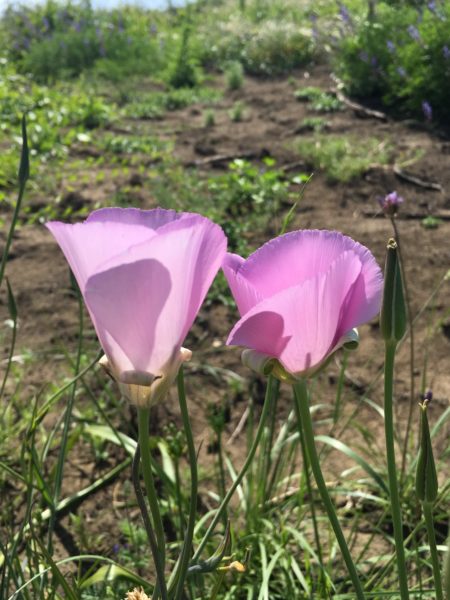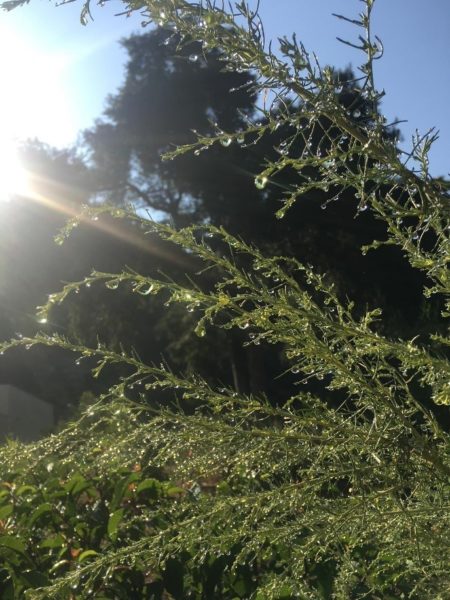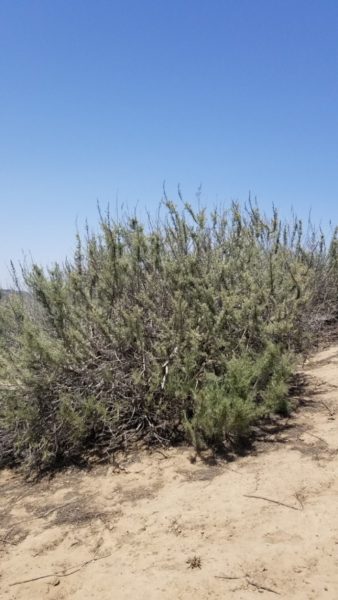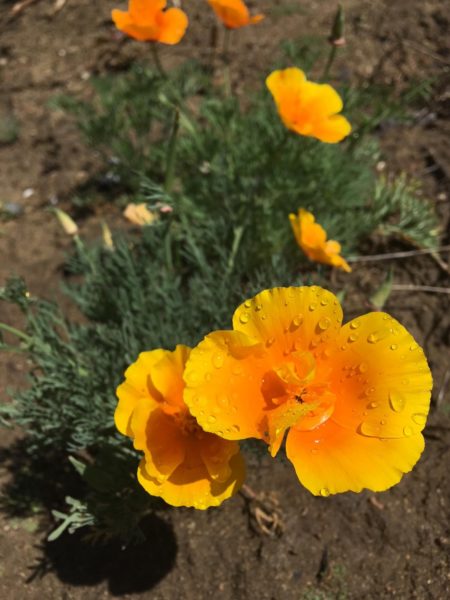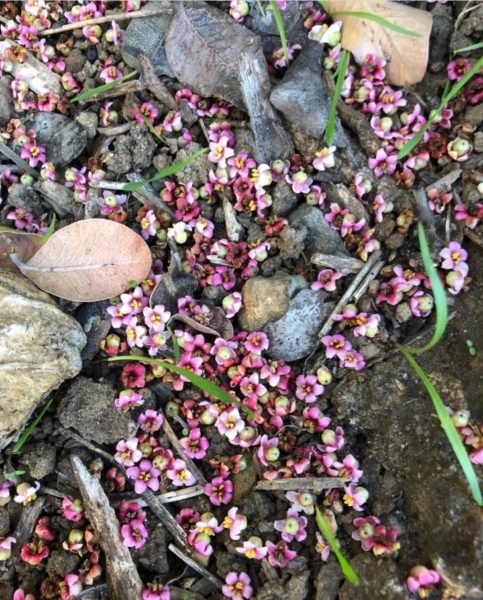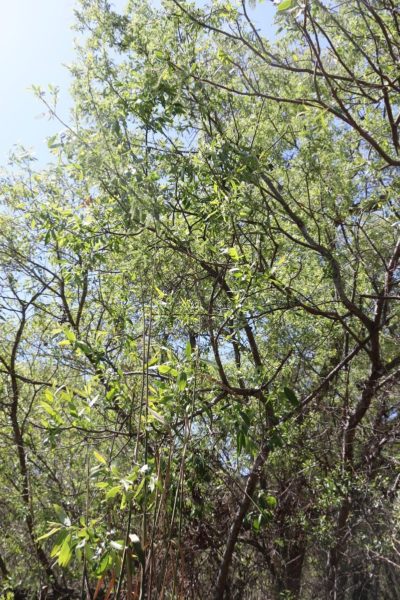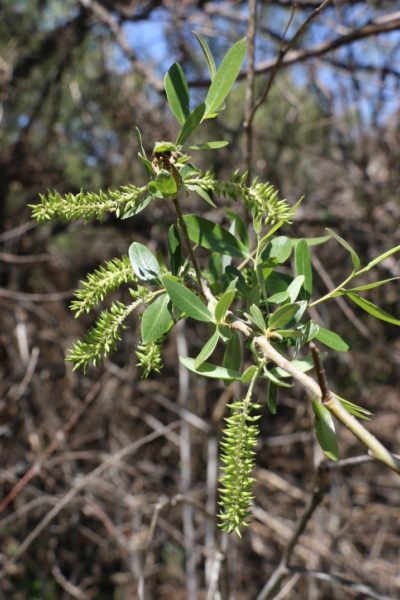Did you know that California is one of the world’s 25 biodiversity hotspots? Our coastal sage scrub wilderness contains high numbers of different species of flora and fauna alike, creating this unique and resilient habitat. So this week we’re putting the spotlight on some of our favorite flora to celebrate Native Plant Week!
Why native plants? Our native plants provide the right food and habitat for local wildlife, and in return the wildlife helps spread the seeds of our plants! Many of our birds and pollinators rely on specific plant species for resources. When those native species disappear, so will our beloved wildlife. Our native plants are the foundation of this thriving ecosystem.
Meet the Mariposa Lily (Calochortus splendens), commonly known as the Splendid Mariposa. This perennial native wildflower unveils its beautiful pale pink flowers in the height of spring. The Mariposa Lily provides a rich source of nectar for a variety of our native insects. This elegant spring bloomer is staple of the season in our wilderness parks, inspiring many who encounter it to look a little deeper into studying the plants of this habitat.
Meet California Sagebrush (Artemisia californica), commonly called ‘Cowboy Cologne’ because of its historical use of ranch hands rubbing the aromatic leaves on their hands after a long day of work before heading into town. This native is an essential part of this plant community, providing critical resources such as food and habitat for a number of reptiles, amphibians, mammals and birds, including the federally threatened California gnatcatcher. Enjoy its stunning aroma on a misty morning on the trails.
Meet the California Poppy (Eschscholzia californica). A true celebrity of our native habitat and California, the California Poppy is our state flower! This beautiful flower attracts many of our native pollinators such as bumblebees, sweat bees, and mining bees. Enjoy this beautiful fiery orange wildflower as it paints the hills of the canyon this spring.
Meet Lemonadeberry (Rhus integrifolia). This evergreen shrub’s name derives from the berries it produces in the summer that are coated in a sticky coating with a sour flavor! Lemonadeberry is a hardy drought-resistant plant commonly seen across northern-facing slopes, providing great habitat for many animals. It produces a quaint pink blossom in the early spring.
Meet the Willow Tree (Salix spp.), an essential tree in our riparian woodland habitat which requires a permanent source of water. There are many native species of willow in our local wilderness parks; most commonly seen are the Arroyo Willow, Red Willow and Black Willow. When hiking under the shade of our willows, take time to listen to the many songs of nesting birds that utilize these trees for habitat. This includes the Least Bell’s Vireo, listed as endangered by both the state and federal government.
How can you protect these native plants? Stay on trail and never pick any plants! Want to learn more about natives? Join our next Restoration Stewardship event for hands-on learning about these native species!
#ProtectWhatYouLove and #KeepItWild!


